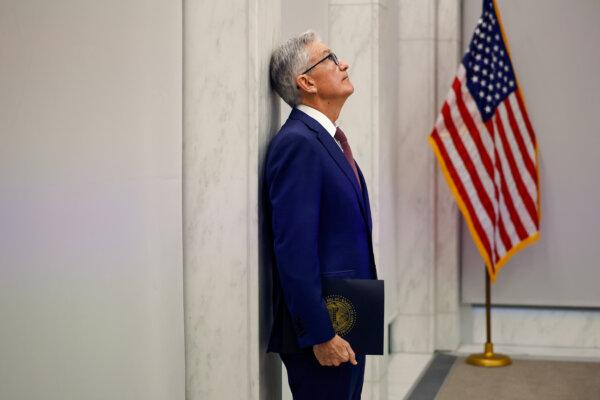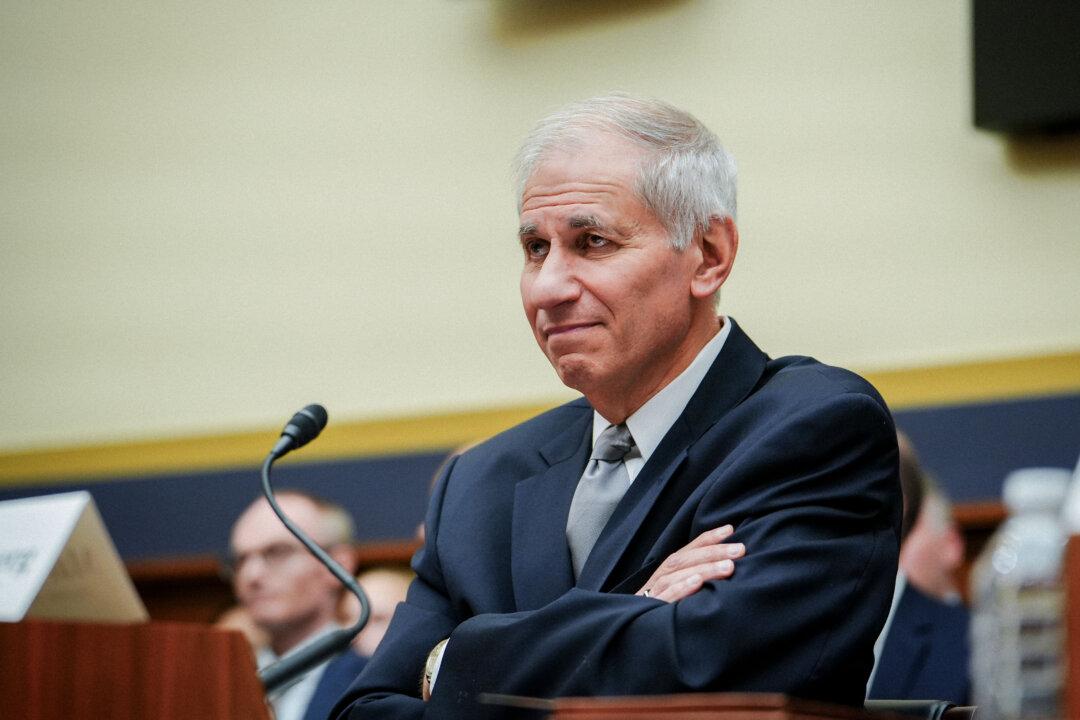The U.S. annual inflation rate slowed to 3.1 percent in November, down from 3.2 percent, and matching economists’ expectations, according to the Bureau of Labor Statistics (BLS). The latest inflation data suggest the road to the Federal Reserve’s 2 percent target could be a slow journey.
On a monthly basis, the consumer price index (CPI) edged up 0.1 percent, slightly higher than the consensus estimate of 0 percent. This was also up from the October reading of 0 percent.
Core inflation, which excludes the volatile energy and food components, was unchanged at an annual rate of 4 percent. The core CPI rose 0.3 percent monthly.
Shelter, which represents about 35 percent of the CPI data, climbed 0.5 percent. Compared to the same time a year ago, shelter costs are up 6.5 percent.
Food prices rose 0.2 percent from October to November, including a 0.1 percent jump in supermarket costs. In the 12 months ending in November, the food index is up 2.9 percent.
Energy prices declined amid a sharp drop in crude oil and gasoline prices.
The energy index declined 2.3 percent monthly and is down 5.4 percent compared to the same time a year ago. Gasoline costs fell 6 percent monthly and down nearly 9 percent compared to the same time a year ago.
Despite a substantial rally in energy commodities since the end of June, oil and gas have tumbled. West Texas Intermediate (WTI) crude prices have plummeted 19.5 percent over the past three months, adding to their year-to-date slide of 11 percent. A barrel of U.S. crude is at around $71 on the New York Mercantile Exchange.
According to the American Automobile Association (AAA), the national average for a gallon of gasoline is about $3.15, down 3.7 percent from the same time a year ago.
The downward trend has been driven by a shift from supply concerns to demand fears. Investors are worried that a recession or anemic economic growth would weigh on energy consumption volumes, leading to a surplus in international oil markets.
Even with the Organization of the Petroleum Exporting Countries (OPEC) and its allies, OPEC+, cutting production heading into 2024, it was not enough to lift crude prices. This has provided relief for consumers, particularly during the holiday season.
Elsewhere in the November CPI report, the new vehicle index was flat, while used cars and trucks surged 1.6 percent monthly. Apparel fell 1.3 percent. Transportation services advanced 1.1 percent month-over-month and are up more than 10 percent from a year ago.
Market Reaction
Financial markets were mixed following the inflation data, with the leading benchmark indexes flat to kick off the Dec. 12 trading session.The U.S. Treasury market was mostly up across the board. The benchmark 10-year yield picked up a single basis point to around 4.25 percent. The 2-year yield added one basis point to 4.74 percent, while the 30-year bond tacked on 1.2 basis points to 4.34 percent.
Final Inflation Numbers of 2023
Looking ahead to the December CPI, the Cleveland Fed’s Nowcasting model suggests that the annual inflation rate will rise to 3.3 percent, and core inflation will be at 4 percent.Consumers are optimistic that inflation will slow over the next year, though at a sluggish pace.
One- and five-year horizons were unchanged at 3 percent and 2.7 percent, respectively.
Price pressures persist throughout the economy.
Chris Williamson, the chief business economist at S&P Global Market Intelligence, recently noted that U.S. producers are responding to elevated prices by cutting payroll.
Fighting the Fed
Whether this will encourage the Federal Reserve to loosen monetary policy conditions or not remains to be seen. Central bank officials have discussed keeping interest rates higher for longer to ensure inflation has been eradicated from the U.S. economy. Fed Chair Jerome Powell does not see inflation returning to its 2 percent target until 2025.
However, according to the CME FedWatch Tool, the futures market is penciling in rate cuts in early 2024. It is unclear if investors think this will result from achieving the inflation target or a weaker economy. Still, traders are fighting the Fed and are unconvinced that the Federal Open Market Committee (FOMC) is not even entertaining the idea of pulling the trigger on a rate cut.
The rate-setting Committee will hold its final meeting this week. It is widely expected that the Fed will keep the benchmark Fed funds rate unchanged at a range of 5.25 percent and 5.50 percent.
“The Fed last raised rates in July and we think that marked the peak. There is growing evidence that tight monetary policy and restrictive credit conditions are having the desired effect on depressing inflation,” ING economists said in a research note. “However, the Fed will not want to endorse the market pricing of significant rate cuts until they are confident price pressures are quashed.”
At the final policy meeting of 2023, the Fed will also publish the latest Summary of Economic Projections (SEP). This could offer insight into what governors and officials expect in the coming months, from inflation to interest rates.







